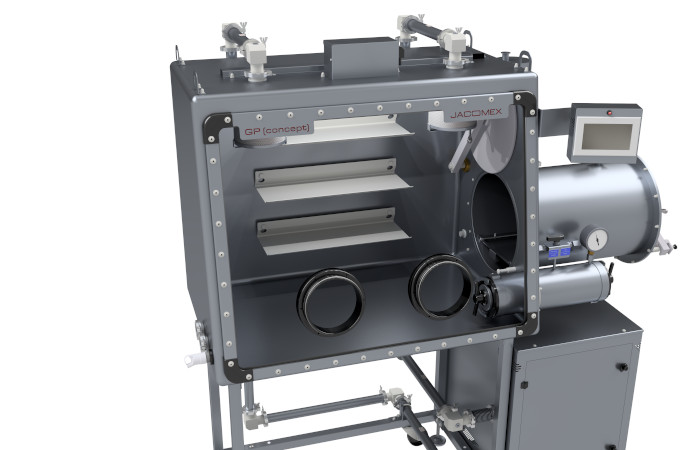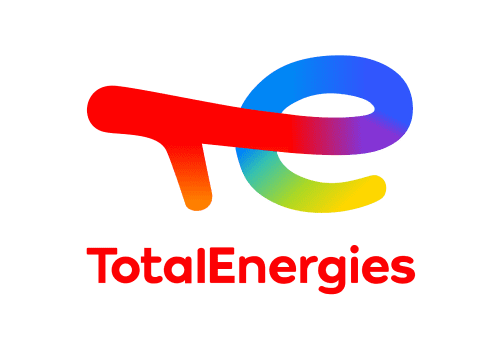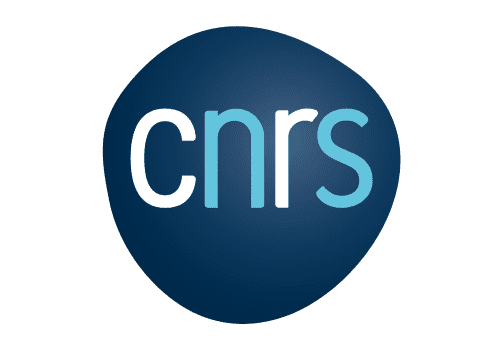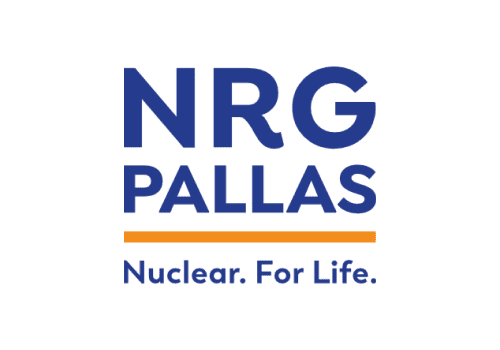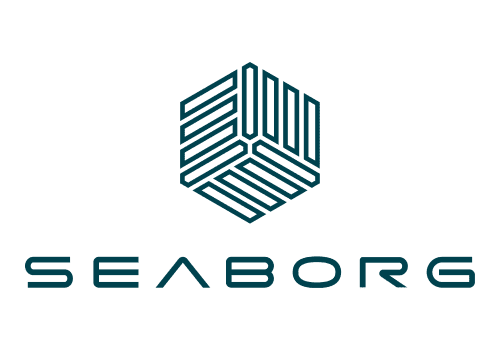The chemical hood for laboratory use
The chemical hood is a piece of equipment that captures and filters toxic or undesirable molecules and particles emitted by products or substances used during chemical treatments. It thus protects the operator during the operation. The device can be opened or connected to an extraction network.
How Does a Fume Hood Protect Operators?
To rid the work surface of chemical fumes, the chemical hood has a suction cone, as well as fans, filters and exhaust fans. There are also models with lighting or with hood cabins, i.e. side walls that limit the area to be extracted. The laboratory hood can treat the chemicals used with the help of filters. The exhaust ducts discharge the exhaust air to the outside. A distinction is made between two types of chemical hoods depending on the air treatment method:
- The fume hood with activated carbon or particulate filters where the filters remove toxic elements before redirecting the exhaust air into the room.
- The exhaust hood with extraction to the outside where ducts ensure the evacuation of both the air treated and not treated.
Which Fume Hood Filter Should I Choose?
- EPA: This is an air filter that can remove up to 95% of particles with a diameter of 3 µm or larger.
- HEPA: a high efficiency air filter that can remove more than 99.99% of particles with a diameter greater than or equal to 0.3 µm, i.e. H13 and H14 particles.
- ULPA: This is an ultra-low penetration air filter that can remove almost 100% of particles with a diameter greater than or equal to 0.12 µm.
- Activated carbon filter: this is a filter capable of eliminating organic and polyvalent vapors, unwanted gases and odors, but also toxic chemical vapors (acids, solvents, formaldehyde, ammonia, etc.).
- The filter or UV lamp can kill microorganisms (bacteria, microbes, viruses, moulds, etc.).
HEPA and ULPA filters (99.99% efficiency>0.12 µm) are the most commonly used because of their efficiency. Some fume hoods use laminar flow (vertical or horizontal) in addition. These fume hoods protect products, work surfaces and materials from particulate contamination. In addition, manufacturers can offer the integration of specific filters on request depending on the chemical compounds used.
What are the Advantages and Disadvantages of a Chemical Fume Hood?
A chemical fume hood is a common and standard piece of equipment when it comes to protecting operators from aerosols, vapors and particles of low toxicity. It is less expensive than protective devices such as glove boxes. It is a more economical solution whose level of safety is not comparable to that of a glove box.
This mobile and modular protective device is also distinguished by its ease of installation and use. The extraction hood only requires a connection to an existing duct and exhaust outlet.
However, the effectiveness of a chemical fume hood is compromised when chemical operations or experiments expose the operator to a more dangerous volume of chemical fumes. Also, this device is not suited to manipulations which must be carried out in a closed environment.
Use of the chemical hood: all chemical manipulations where the VME (Average Exposure Value of the most toxic product used) is above 400 ppm and where a closed volume is not required.
Use of the chemical hood: all chemical manipulations where the TWA (Mean Exposure Value of the most toxic product used) is above 400 ppm and where a closed volume is not required.
The glovebox for chemical manipulations
The glovebox is another type of laboratory equipment with a much higher level of safety for the protection of the operator, the environment and the substances or products handled. It is a closed, watertight and hermetic volume that allows working on dangerous or sensitive samples from the outside thanks to gloves firmly attached to transparent walls. Its use avoids external and internal contamination. In addition, its environment is controlled to simplify chemical handling.
What are the Components of a Glove Box?
The different elements which generally comprise a glove box are the following :
- a main chamber with a stainless steel structure: all manipulations take place in this protective enclosure.
- transparent sides with one or more pairs of integrated gloves: the operator handles the products and carries out the operations from the outside using the protective gloves.
- Gas purifiers: associated with a specific circulator, they ensure the purification of the protective gas used in the enclosure by a closed loop recirculation.
- at least one transfer lock that enables the transfer of materials, products and samples without breaking the containment and in complete safety for the environment.
- sensors and regulators: they are used to control the pressure, the protective gas, the temperature and the ambient conditions of the main chamber.
- Safety systems: designed to automatically activate in case of accidental spillage or failure.
It can also be equipped with various accessories depending on the applications for which it is intended.
Which Glove Box should I Choose?
There are two categories of gloveboxes:
- The glovebox designed for the containment of dangerous substances such as pathogens, carcinogenic substances, toxic and allergenic products, radioactive materials, etc.
- The glovebox for the containment in an inert atmosphere (free of oxygen, water and traces of solvents) under argon or nitrogen of hygroscopic, oxidizable or pyrochoric compounds and materials.
What are the Advantages and Disadvantages of a Glove Box?
The glove box minimizes the possibility of accidents in a laboratory. Its level of containment and safety far surpasses that of a chemical fume hood. With a glove box designed to protect the operator and the environment, toxic, dangerous and radioactive products, etc. can be handled in complete safety. With a glove box for product protection, you can handle products and processes that are sensitive to atmospheric components. There are also multipurpose glove boxes which are capable of securing the handling of products and protecting the personnel and the environment.
On the other hand, the glove box is an expensive piece of equipment. It easily replaces clean rooms which are even more expensive to set up while Its high performance justifies its price.
Use of the glove box: laboratory operations involving the handling of radioactive or toxic elements, materials/products sensitive to water or air, volatile substances, etc., and where the TWA is below 1 ppm.
Use of the glovebox: laboratory operations involving the handling of radioactive or toxic elements, water- or air-sensitive materials/products, volatile substances, etc. and where the TWA is below 1 ppm.
Glove box and chemical hood: which should I choose?
Although the glovebox and the chemical hood make it possible to secure risky chemical manipulations, the glove box is essential when samples cannot be exposed to the open air and must be protected from all contamination. Thus, the glovebox offers triple protection: for the product, the environment and the handler.
Jacomex, supplier and manufacturer of laboratory gloveboxes
For more than 70 years, Jacomex has been designing and supplying high-quality, high-performance laboratory gloveboxes to the scientific community worldwide. Whatever the field of use, this manufacturer offers both standard containment solutions and customised solutions tailored to the constraints of your operations. Jacomex’s design office is at your disposal to design equipment adapted to your needs in terms of technologies, dimensions, accessories, etc. Jacomex gloveboxes and isolators are designed for laboratories and research institutes, industries, scientific and university research, pharmaceutical-medical, nuclear processes, high-risk processes, etc.

